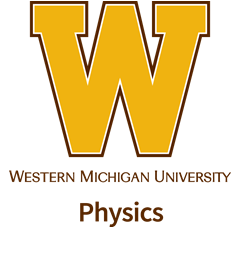Speaker
Dr
Javier Garcia
(California Institute of Technology)
Description
In most accreting black hole systems copious X-rays are emitted from the
inner-most regions commonly observed accompanied by a reflection spectrum, which
shows signatures of energetic photons being reprocessed by the optical thick
material of an accretion disk. Given their abundance and fluorescence yield,
K-shell lines from iron are the most prominent in the X-ray reflected spectrum.
These line profiles can be grossly broadened and skewed by Doppler effects and
gravitational redshift. Consequently, the modeling of the reflection spectrum
provides one of the best means to measure the spin of the black hole among
other physical quantities. The accuracy of these spin estimates is called into
question because fitting the data requires very high iron abundances, typically
several times the solar value. Meanwhile, no plausible physical explanation has
been proffered for why these black hole systems should be so iron rich. The
most likely explanation for the super-solar iron abundances is a deficiency in
the models, and the leading candidate cause is that current models are
inapplicable at very high densities ($>10^{18}$ cm$^{−3}$), due to the lack of
atomic data appropriate for this regime. Here we present the current
observational evidence for the super-solar abundance of iron in many black hole
systems, and show the effects of high density in the state-of-the-art
reflection models. We also briefly discuss our current efforts to produce new
atomic for high-density plasmas, which are required to improve the present
photoionization models.
Author
Dr
Javier Garcia
(California Institute of Technology)
Co-authors
Claudio Mendoza
(Western Michigan University)
Mr
Jérôme Deprince
(University of Mons)
Dr
Pascal Quinet
(UMONS)
Dr
Patrick Palmeri
(University of Mons - UMONS)
Dr
Timothy Kallman
(NASA-GSFC)
Dr
manuel bautista
(Western Michigan University)

